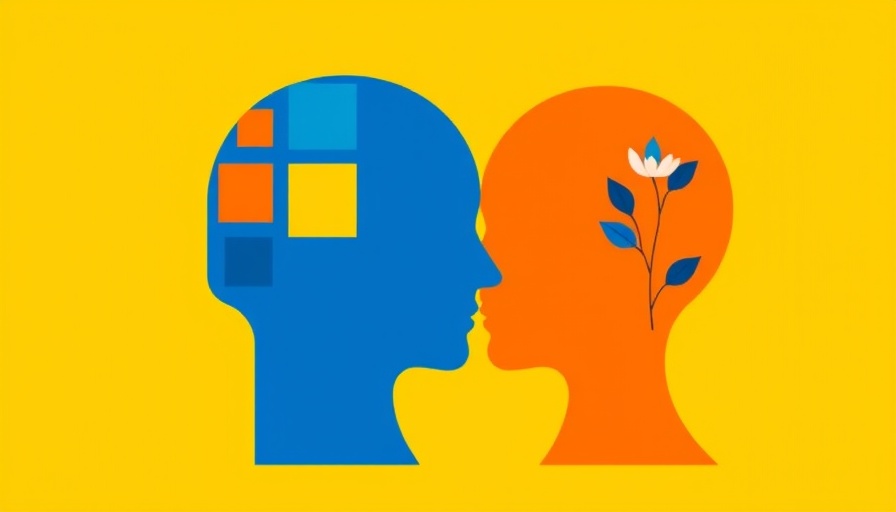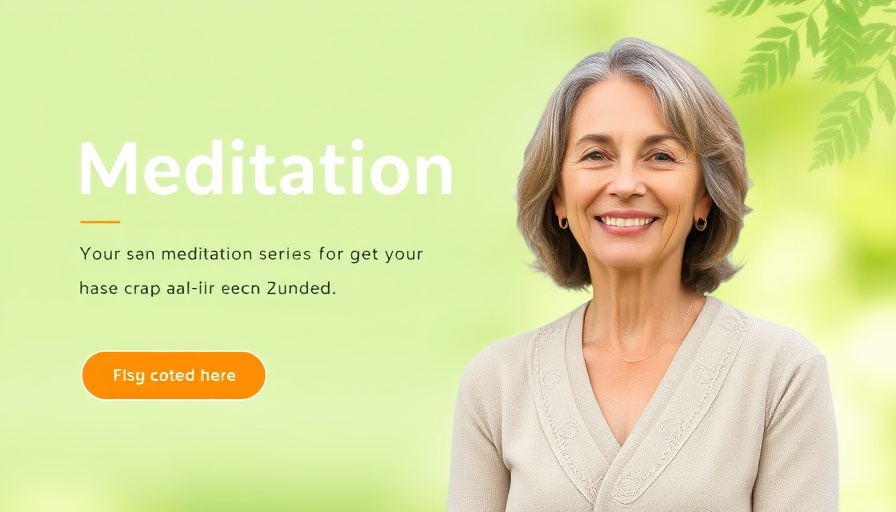
Understanding Neurodiversity in Mindfulness
Mindfulness practices, often celebrated for their ability to promote relaxation and mental peace, can elicit varying responses among individuals. For those within the neurodiverse community—especially individuals on the autism spectrum—traditional mindfulness techniques can sometimes induce anxiety instead of relief. This conflict highlights a critical need for inclusive approaches to teaching mindfulness that respect and accommodate unique neurological makeups.
Why Traditional Mindfulness May Not Work for Everyone
A poignant example comes from a brilliant young autistic woman who found the suggestion to focus on her breath akin to feeling a “noose wrapped around her neck.” Instead of mitigating her anxiety, mindfulness heightened it, making her feel like a failure. Such experiences abound in neurodiverse communities, indicating that generic mindfulness approaches often miss the mark for many individuals with unique sensory perceptions and emotional responses. Rather than feeling supported, many of these individuals describe themselves as “mindfulness dropouts,” as the practice didn't align with their personal experiences.
The Concept of Neurodiversity: A Shift in Perspective
Neurodiversity advocates for the recognition and celebration of diverse brain functions, challenging the conventional view that pigeonholes certain neurological patterns as standard while labeling others as disordered. As author Jenna Nuremberg articulates, understanding neurodiversity encourages a celebration of various brain configurations instead of pathologizing differences. The practice of mindfulness, rooted in self-awareness and acceptance, should similarly be about embracing what makes each individual unique.
Transforming Mindfulness for Everyone
As mindfulness teachers and practitioners, our goal should be to cultivate an approach that celebrates all neurological variations. This starts with understanding that not all individuals respond the same way to mindfulness techniques. For example, the traditional body scan may be distressing for some due to heightened sensitivity to bodily sensations. Developing alternative practices that are more adaptable can empower participants to engage with mindfulness constructively. Identifying various techniques—such as guided imagery or sensory grounding exercises—may resonate more positively with neurodiverse individuals.
Creating Accessible Mindfulness Practices
School systems and community wellness initiatives have an opportunity to broaden the accessibility of mindfulness practices. This means training educators and mindfulness practitioners in neurodiversity and equipping them with tools to modify practices to meet diverse needs. Feedback from neurodiverse individuals can provide invaluable insight into what adaptations work best. Educators should implement a range of techniques rather than relying solely on standard methods, ensuring every student can partake without the fear of failing.
Real-Life Impact of Inclusive Practices
One engaging aspect of developing inclusive mindfulness practices is witnessing real-life success stories. Many neurodiverse individuals who have experienced frustration in standard mindfulness sessions thrive when offered tailored techniques that suit their needs. For example, some have reported significant improvements in their emotional regulation and anxiety management when using modified practices that honor their sensory experiences. This not only increases their mental well-being but also fosters a sense of belonging in mindfulness spaces that previously felt unwelcoming.
Looking Ahead: A Community Focused on Acceptance
As we continue to grow in our understanding of mental health and wellness, a focus on neurodiversity within mindfulness will become increasingly essential. By cultivating a community mindset that embraces all brain types, we unlock the true potential of mindfulness as a tool for everyone. Making these changes will advocate for those typically marginalized in wellness conversations, ensuring that inclusivity isn't just a concept, but a lived reality.
In short, as mindfulness educators and practitioners, it is our responsibility to ensure that all individuals can access and benefit from mindfulness practices without feeling excluded or punished by their neurological differences. Together, we can foster a movement that not only celebrates but also integrates the richness of neurodiversity into the fabric of mindfulness.
 Add Row
Add Row  Add
Add 




Write A Comment